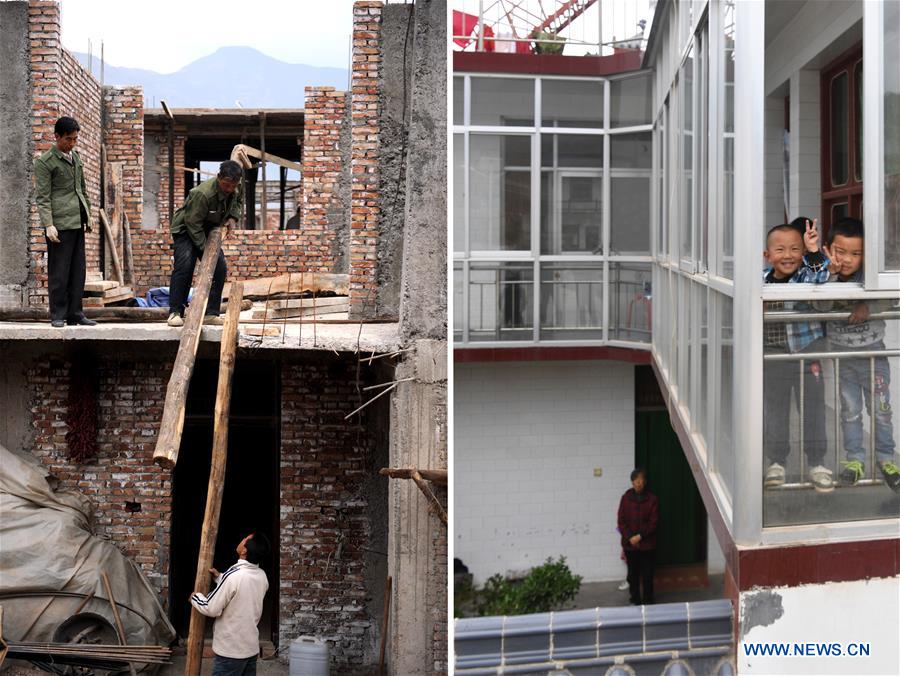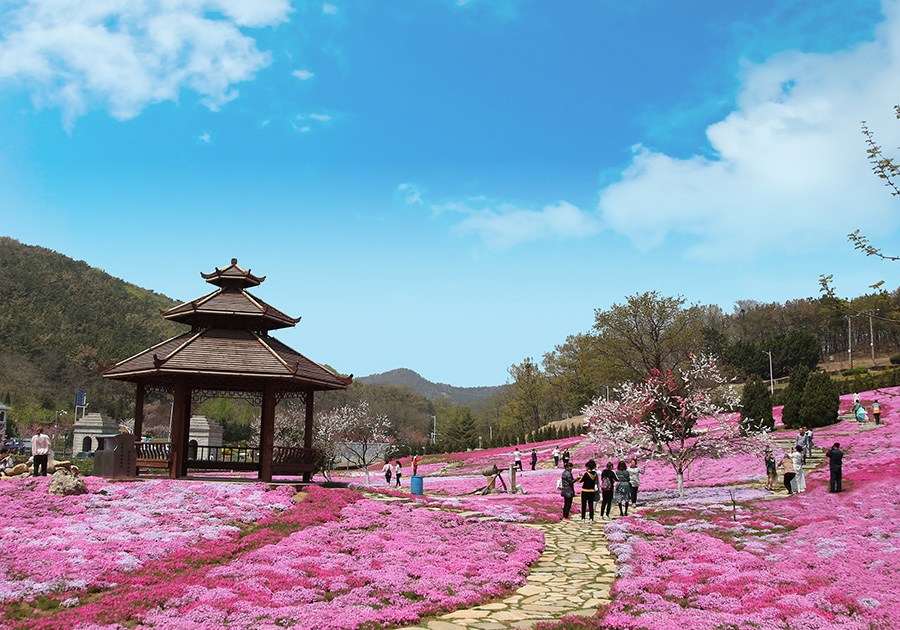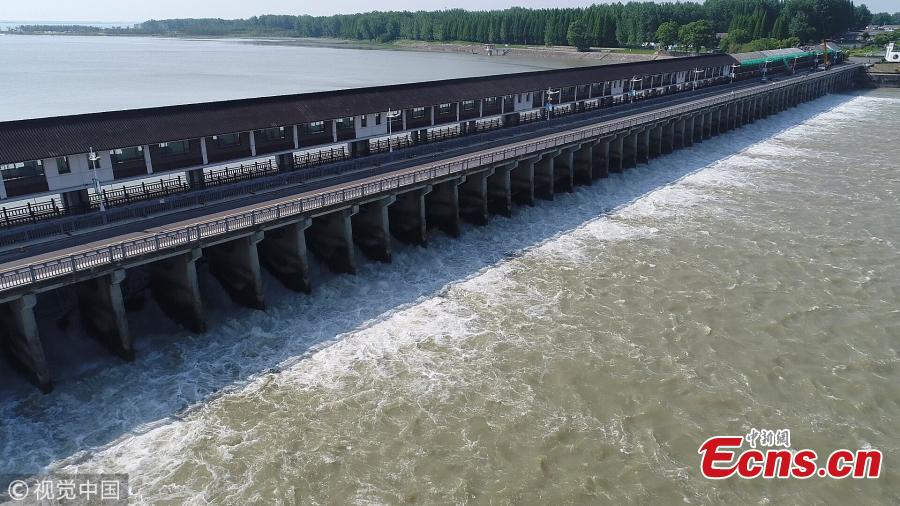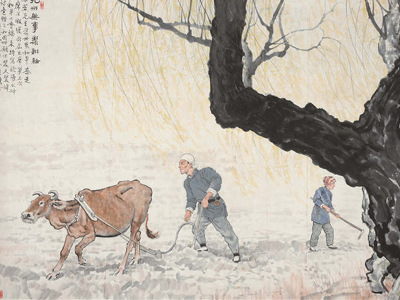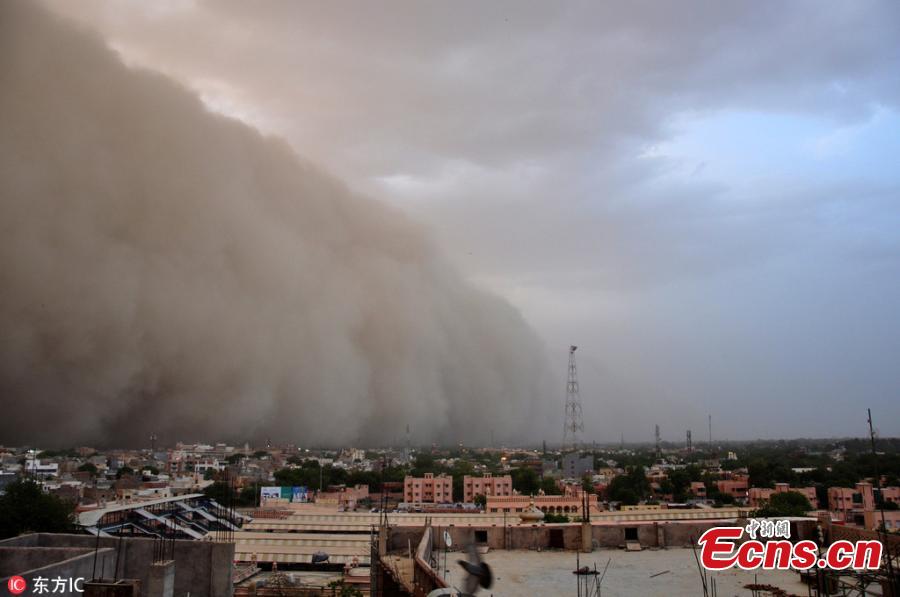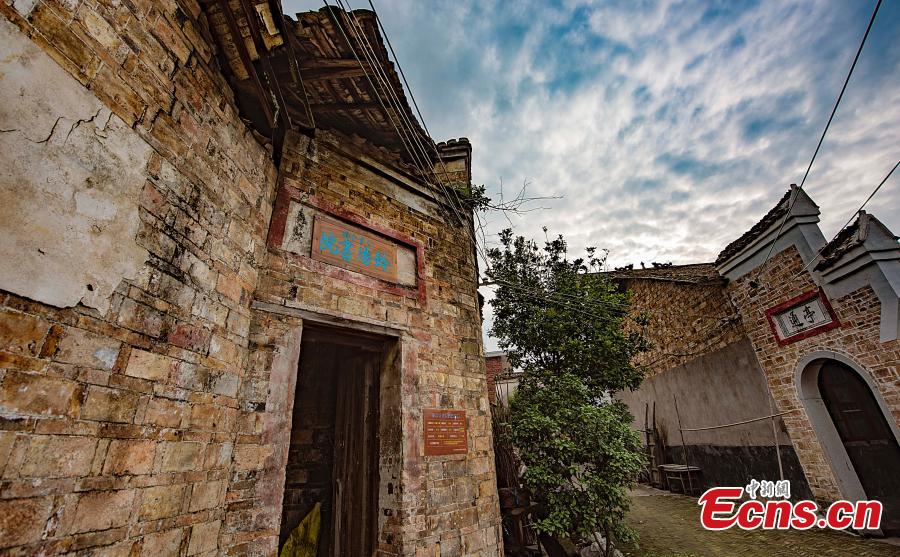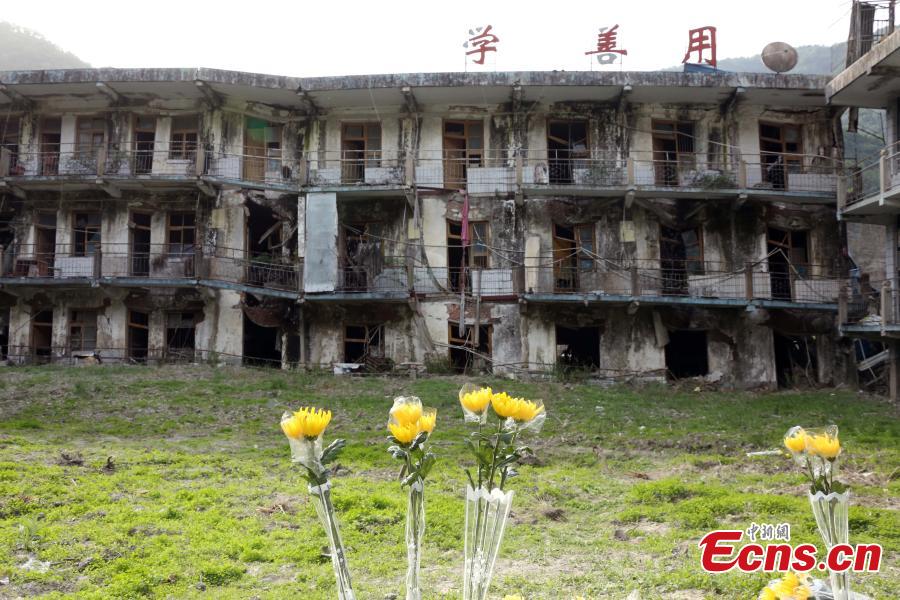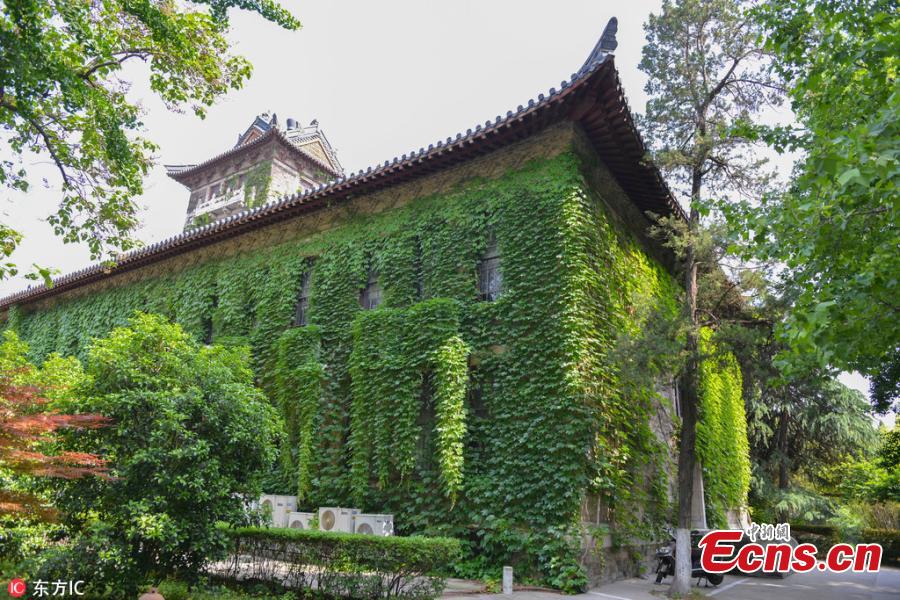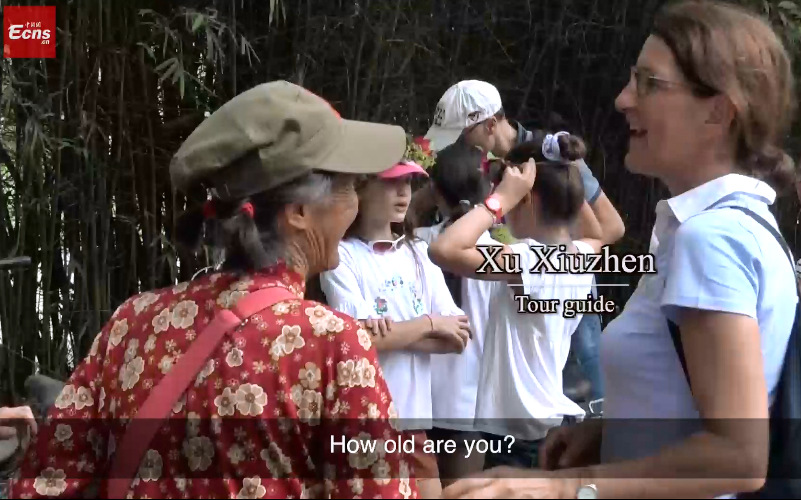As a bulwark against desertification, safflower plants are being cultivated on arid land in the Xinjiang Uygur autonomous region, according to a regiment of the Xinjiang Production and Construction Corps.
Workers from the regiment began sowing safflower seeds on May 1, and will complete the task soon. About 53 hectares will be planted in the Gurbantunggut Desert in northern Xinjiang.
Wang Hongjiang, a technician in the regiment, said desert conditions are actually ideal for safflower cultivation.
"The soil and water conditions there are all good for the crop," he said, adding that workers draw water from a nearby reservoir for irrigation.
Wang has been cultivating the thistlelike annual plant in Xinjiang for about six years, mostly in Ili Kazak autonomous prefecture.
"Xinjiang is known for safflower, but it is mostly grown on dedicated agricultural land or along hillsides. This is the first attempt in China to cultivate safflower in the desert," he said.
Despite Wang's confidence, it's still too early to know whether the plants can survive in the Gurbantunggut. Results will be known in less than three months: Workers will begin harvesting at the end of July.
The flowers and seeds from safflower plants are used in traditional Chinese medicinal products, in vegetable oil and other applications.
Xinjiang is China's biggest safflower production base, mostly in Ili, Tacheng and Jimsar.
According to Wang, the investment per hectare is 9,000 to 10,500 yuan ($1,418 to $1,650).
The regiment decided to plant in the Gurbantunggut late last year in light of suitable soil conditions, weather and a relative lack of pollution, Wang said. More will be planted next year if the crop is successful, he said.









